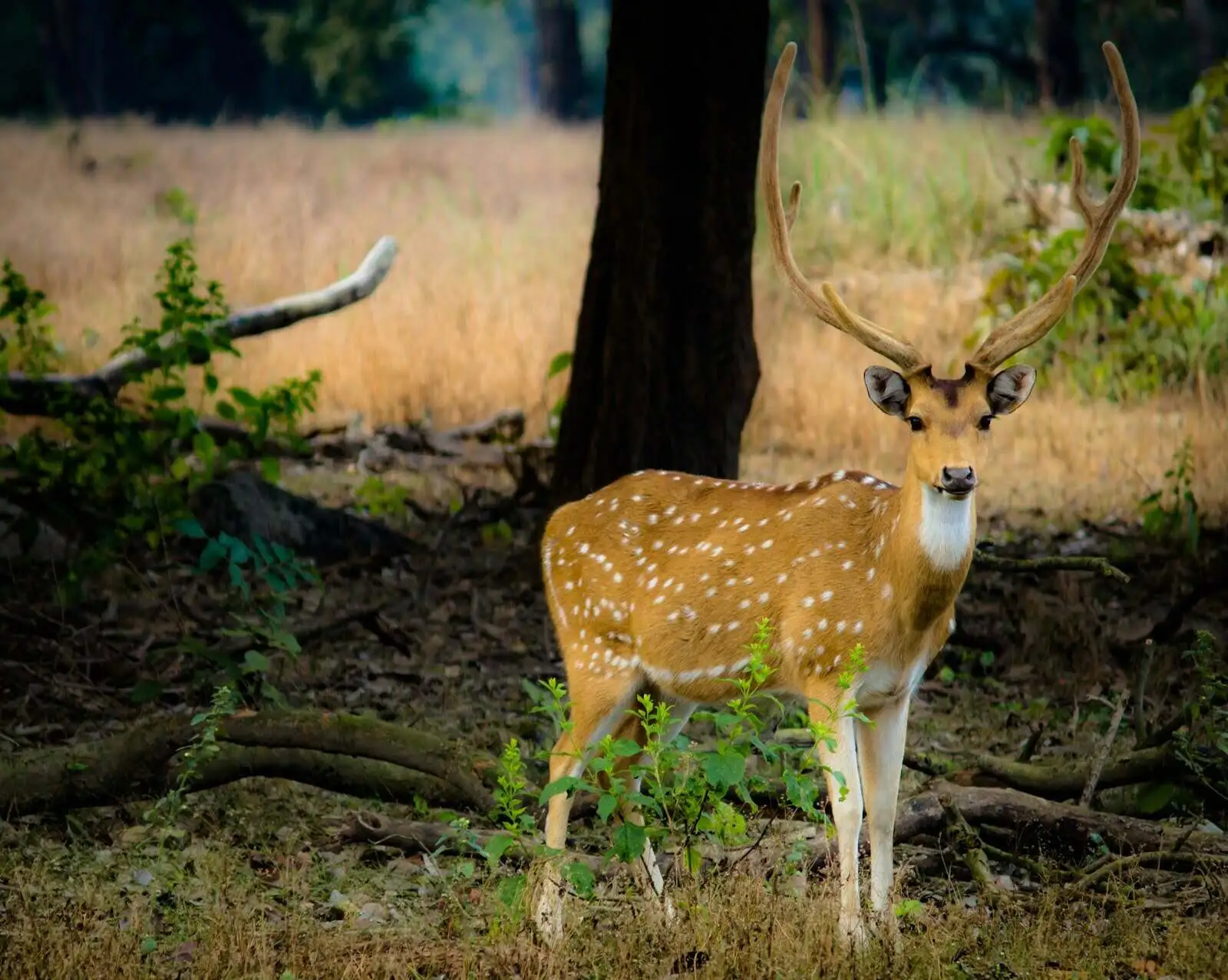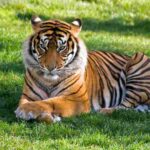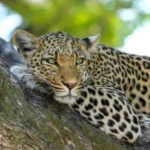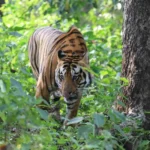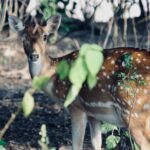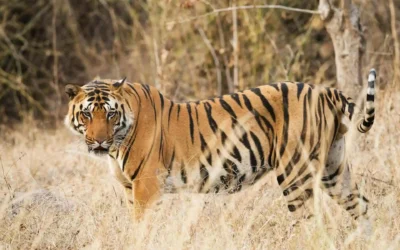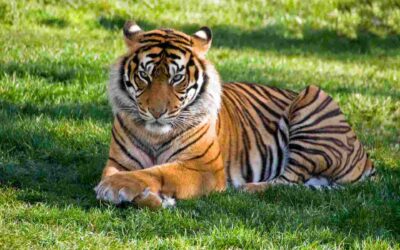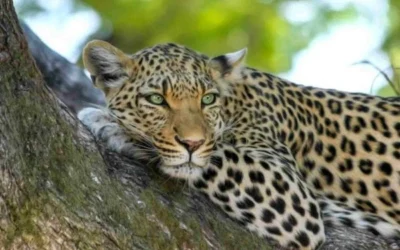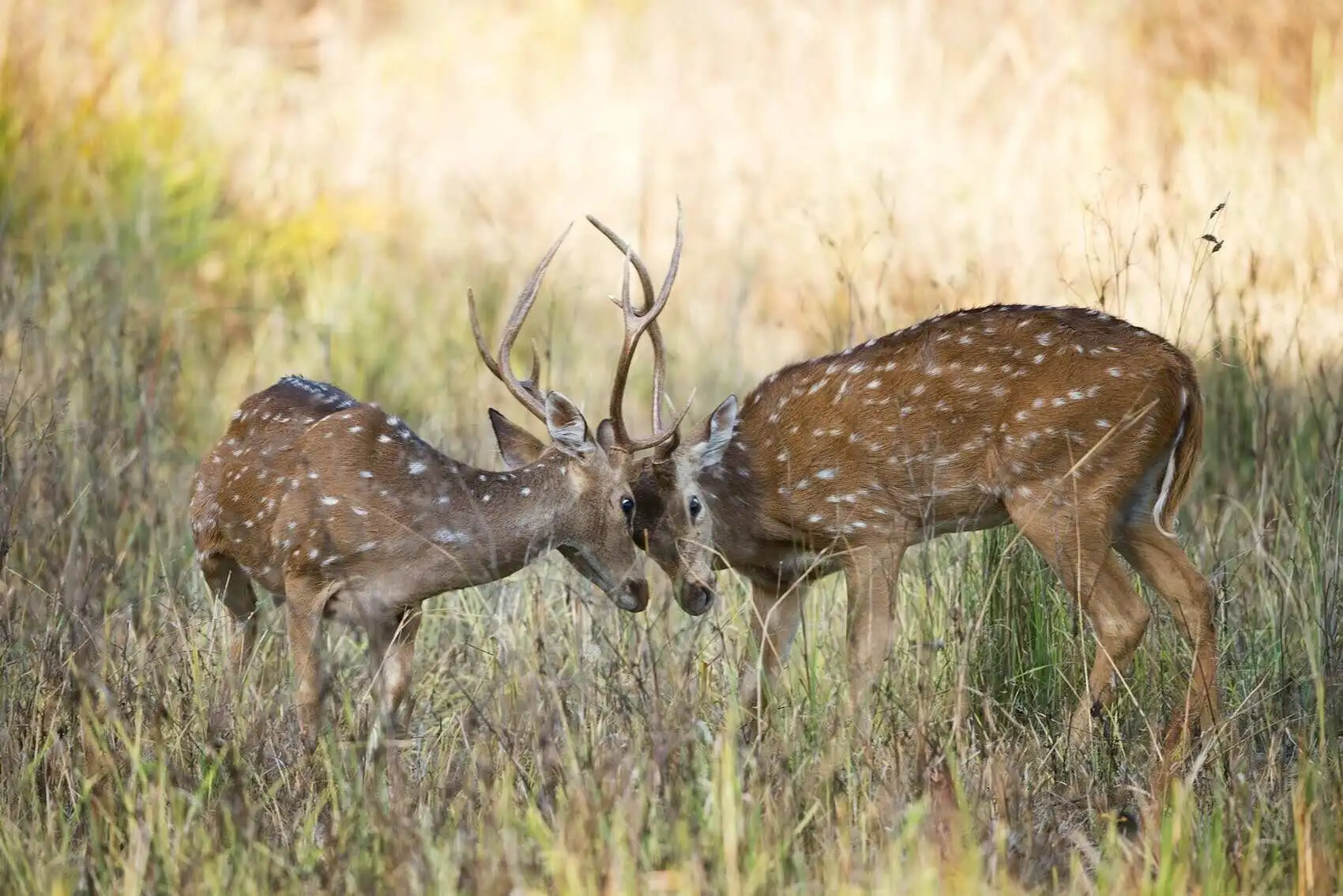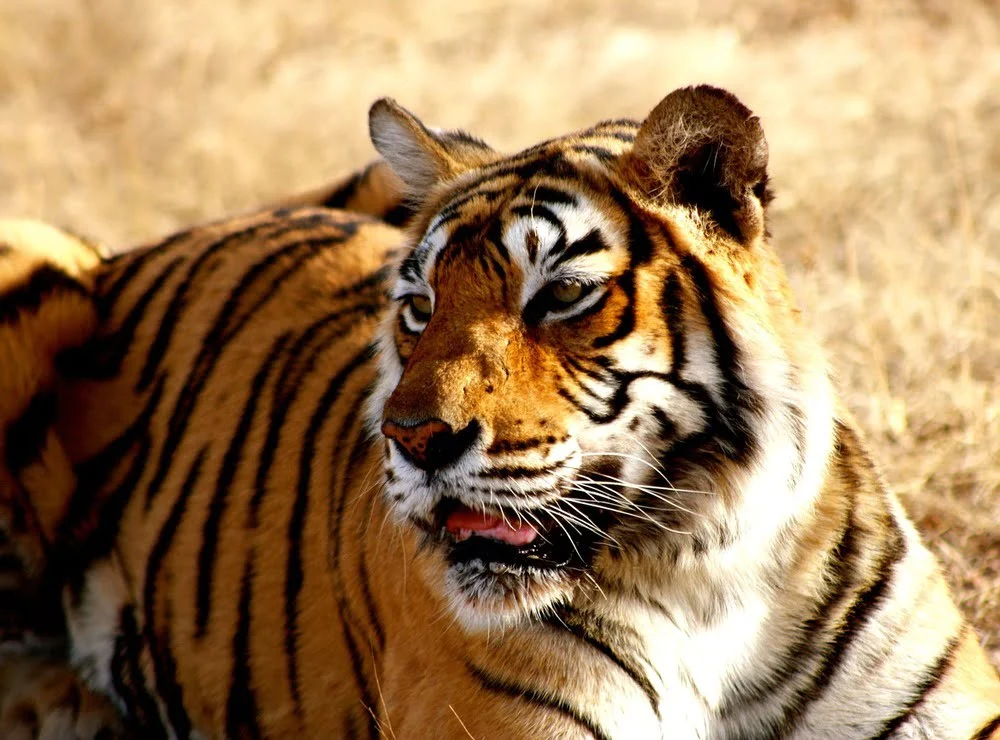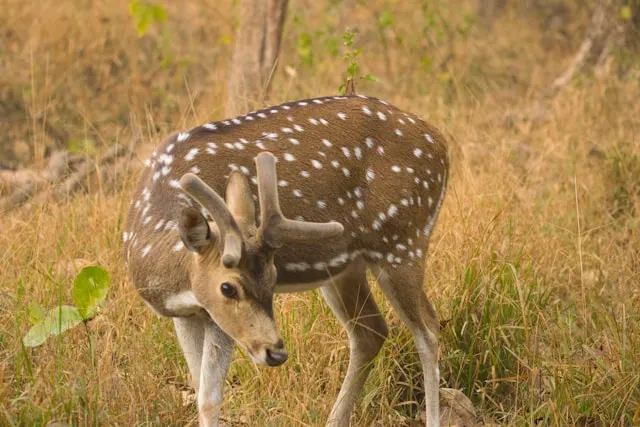Nestled in the foothills of the Himalayas, Jim Corbett National Park in Uttarakhand is India’s oldest national park and one of the most celebrated wildlife destinations in Asia. Known as the land of the Royal Bengal Tiger, Corbett’s dense sal forests, grasslands, and riverine belts make it a paradise for wildlife photographers. Its natural beauty and diverse habitats have inspired countless explorers, writers, and photographers to capture its raw wilderness.
Corbett is a photographer’s dream, offering a rare combination of misty mornings, shimmering rivers, and an incredible range of wildlife from tigers and elephants to over 600 species of birds. Here’s your detailed guide on what to pack, how to shoot, and when to go for the most rewarding wildlife photography experience in Corbett National Park.
Preparing for Your Corbett Safari Photography
A successful Corbett photography expedition begins with preparation. The park’s landscapes, light conditions, and terrain demand the right tools and techniques to do justice to its beauty.
Camera Gear Essentials
- Telephoto Lens (200mm or above): Ideal for close-ups of tigers, elephants, and birds without disturbing their natural behavior. A versatile zoom lens (like 100 – 400mm) works best for Corbett’s mixed terrains.
- Lightweight Tripod/Monopod: Corbett safaris often involve uneven terrain and quick movement. A sturdy but portable tripod or monopod will help in stabilizing shots, especially in low-light forests.
- Extra Batteries & Memory Cards: Early morning and late afternoon drives can quickly drain power and fill up storage, so carry backups for both.
- Lens Cleaning Kit: Dust and moisture are common during safaris, particularly near riverbanks and trails. Keep a microfiber cloth and blower handy.
Mastering Camera Settings for Corbett Safari Photography
- Tackling Low Light: Use a fast shutter speed (1/500th or higher) to freeze animal motion. A wide aperture (like f/4 or f/2.8) helps capture enough light, and increasing ISO sensitivity slightly can balance exposure without adding too much noise.
- Capturing Movement: Wildlife in Corbett rarely stays still especially elephants and deer herds. Use burst mode to capture a sequence of natural movements.
- Manual or Semi-Auto Modes: Shooting in aperture priority (A/Av) mode gives you better control over depth of field in dense forest lighting.
Optimizing Your Corbett Photography Experience
Knowing the rhythms of the jungle makes all the difference. The best time for photography in Corbett is during the golden hours, early morning (6:00 – 8:00 AM) and late afternoon (4:00 – 6:00 PM) when soft light enhances colors and textures.
Composition and Focusing Techniques for the Best Wildlife Photography in Forests
- Rule of Thirds: Place your subject off-center using a 3×3 grid for visually engaging compositions.
- Leading Lines: Use jungle paths, riverbanks, or fallen logs to guide the viewer’s eye toward your subject.
- Framing with Nature: Corbett’s dense sal trees and elephant grass make perfect natural frames for tigers and deer.
- Focus Techniques: Continuous autofocus (AF-C/AI Servo) helps keep fast-moving subjects like tigers or birds sharp in focus.
Beyond the Tiger: Capturing Corbett’s Diverse Wildlife Canvas
While tiger sightings are the highlight, Corbett’s true photographic charm lies in its biodiversity. From tusked elephants bathing in the Ramganga River to crested serpent eagles gliding overhead, every moment is a story waiting to be told.
Focusing on Birds in Flight: How to Capture Corbett’s Avian Wonders
- Fast Shutter Speed: Birds in flight require at least 1/1000th second to freeze motion and capture feather details.
- Tracking Mastery: Anticipate flight paths and use smooth panning to follow the bird through your viewfinder.
- Creative Compositions: Capture silhouettes during sunrise, reflections over water bodies, or birds interacting in their natural habitats for more dynamic frames.
Don’t just chase the tiger! Tell Corbett’s entire story through your lens. Photograph the golden light on grasslands, the still waters of the Ramganga, and the quiet moments of interaction between species. These scenes capture the true soul of Corbett.

Post-Processing for Perfection
Your Corbett safari doesn’t end when you leave the park, it continues on your editing desk. Post-processing brings out the depth, light, and emotion you experienced in the jungle.
Basic Adjustments for Enhanced Wildlife Photos
- Exposure & White Balance: Use Lightroom or Photoshop to fine-tune exposure and correct white balance. Corbett’s morning mist and evening glow can trick auto settings, so adjust manually for natural tones.
- Vibrancy & Clarity: Enhance color richness slightly to bring out the greens of the sal forest and the golden hues of elephant grass. Keep adjustments subtle to preserve authenticity.
Sharpening and Noise Reduction
- Sharpen for Detail: Light sharpening enhances fur, feathers, and texture, but avoid overdoing it.
- Reduce Noise Carefully: Low-light images from early safaris may show noise. Use noise reduction sparingly to maintain detail and texture.
Post-processing should enhance, not alter. Keep your edits true to nature to convey the real atmosphere of Corbett’s wilderness.
Conclusion
Wildlife photography in Corbett is more than an artistic pursuit, it’s a form of storytelling that connects people with nature. Each photograph is a window into the lives of the wild residents of Corbett and a contribution toward wildlife awareness and conservation.
Ready to capture the wilderness of Corbett? Book a call with us today! We’ll help you plan the perfect Corbett safari itinerary tailored to your photography goals, ensuring you return with unforgettable shots and stories from India’s most legendary jungle.

